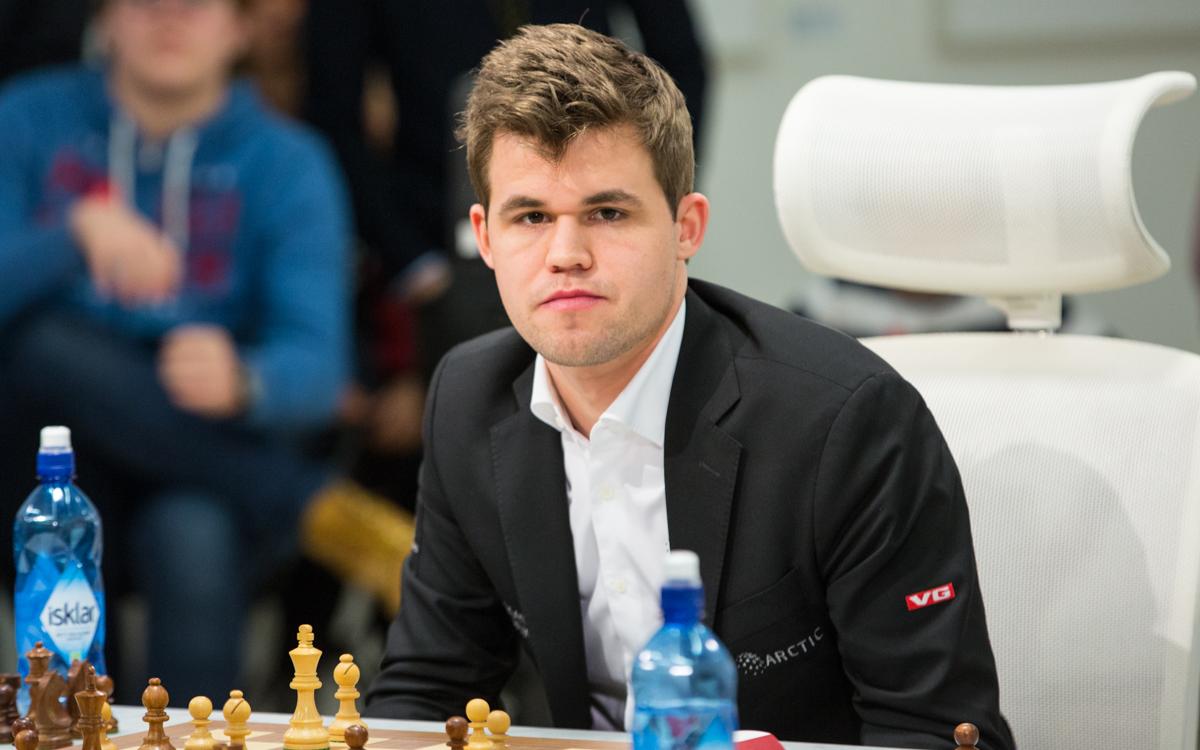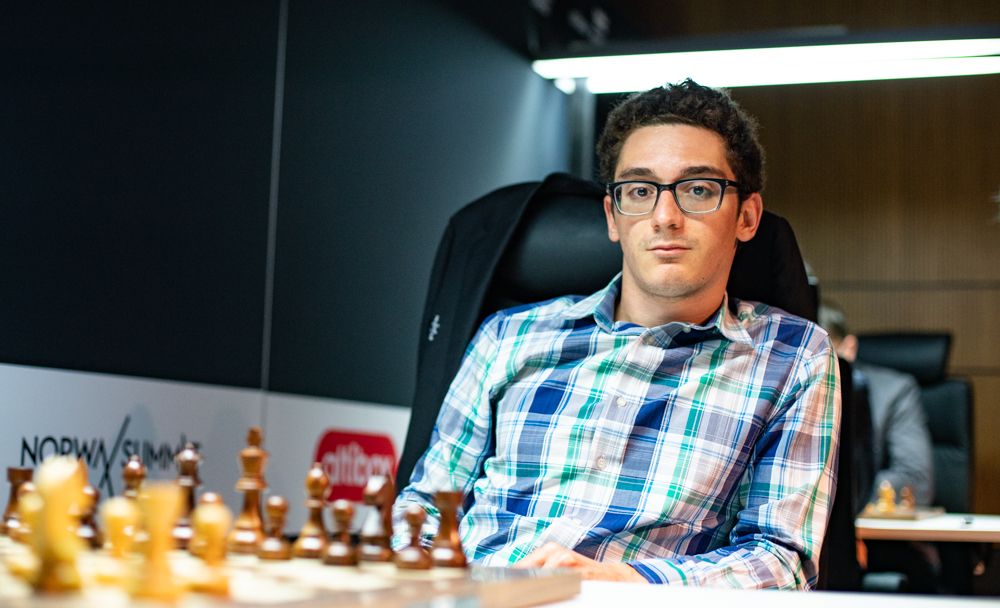
How To Make The World Chess Championship Exciting Again
It is not a secret that the last world championship match was a big disappointment for many people.
Indeed, 12 straight draws between Magnus Carlsen and Fabiano Caruana in the classical part of the match were a turn off. Only a lazy person wouldn't suggest how to force players to spill blood. One of the creative ideas is to have a tie-break before the match, so the loser of the "pre-match" wouldn't be satisfied with draws during the main part of the match.
While such a solution looks weird at first (think about a pre-match penalty in soccer!), it has its point. By the way, Garry Kasparov is one of the proponents of this unorthodox approach. Very soon FIDE is going to announce the regulations for the next world championship match, so we'll see its solution to the problem.
Meanwhile, if you ask me, I don't think the match was bad or boring. It all depends on how you look at it.

When I visited the Louvre a couple of years ago I hoped that two days would be enough to quickly check all exhibits there. OK, don't laugh at me, I am not an expert in art. When I was looking at all these medieval paintings, they all looked pretty similar to me. Then I bought an audio guide that told me the story behind every painting and I quickly realized that I wouldn't be able to really see all the exhibits in Louvre even in my whole lifetime!

The basic information about paintings allowed me to look at each of them from a completely different angle. Now I didn't just see some random medieval people, since I knew what was going on. Therefore I looked at their eyes and tried to guess their thoughts, concerns, etc.
So, maybe if we can find a story behind every world championship game and figure out what the players were thinking, then the games will not be that boring anymore.
Take for example game six. It is mostly remembered for a study-like win missed by Caruana.
Meanwhile, it is very interesting to see why Magnus found himself in such a difficult situation. After the opening, which was heavily analyzed by both players at home, the game proceeded straight into an approximately even endgame, and then suddenly Carlsen started experience difficulties.
What happened, isn't an endgame Carlsen's domain? In order to better understand this kind of an endgame, let's look at an old classic by Rubinstein.
Challenge #1. Can you guess Black's move in the following position?
If you easily found Rubinstein's move here, pat yourself on the back: you are a very good endgame player. By this move Black gains space on the kingside and protects his Nf5 against a possible attack by g2-g4. This move is very common in similar positions.
Challenge #2. What would you do in the next position?
With this fine maneuver Rubinstein brought his knight to the best possible square, where it puts a lot of pressure on White's position.
Challenge #3. What move would you play here?
This is a very counterintuitive move, since most chess players are afraid of isolated pawns, especially in endgames. However, thanks to this move, Rubinstein activates his dark-squared bishop and significantly increases his advantage. Here is how the game concluded:
Now let's see how two best players in the world know classical chess heritage.
Both players get A+ because just like Rubinstein they fight for the space on the kingside (see challenge #1).
Again both players made the best moves. Black maneuvers his knight closer to the key f5 square (see challenge #2) and White immediately played Ne3! taking this square under firm control.
Just like Rubinstein, Caruana is ready to get an isolated pawn for the sake of activation of his dark-squared bishop (see challenge #3). Well done!
It is probably here that Carlsen started drifting into an inferior position. Following Rubinstein's footsteps and maneuvering his knight closer to the key f4 square, which is symmetrical to Black's f5 square (see challenge #2), should have kept White out of trouble.
You see how many interesting little details can be found in the range of just four moves (18 to 22)! It seems to me that the games presented this way become less boring and also provide excellent learning material.







